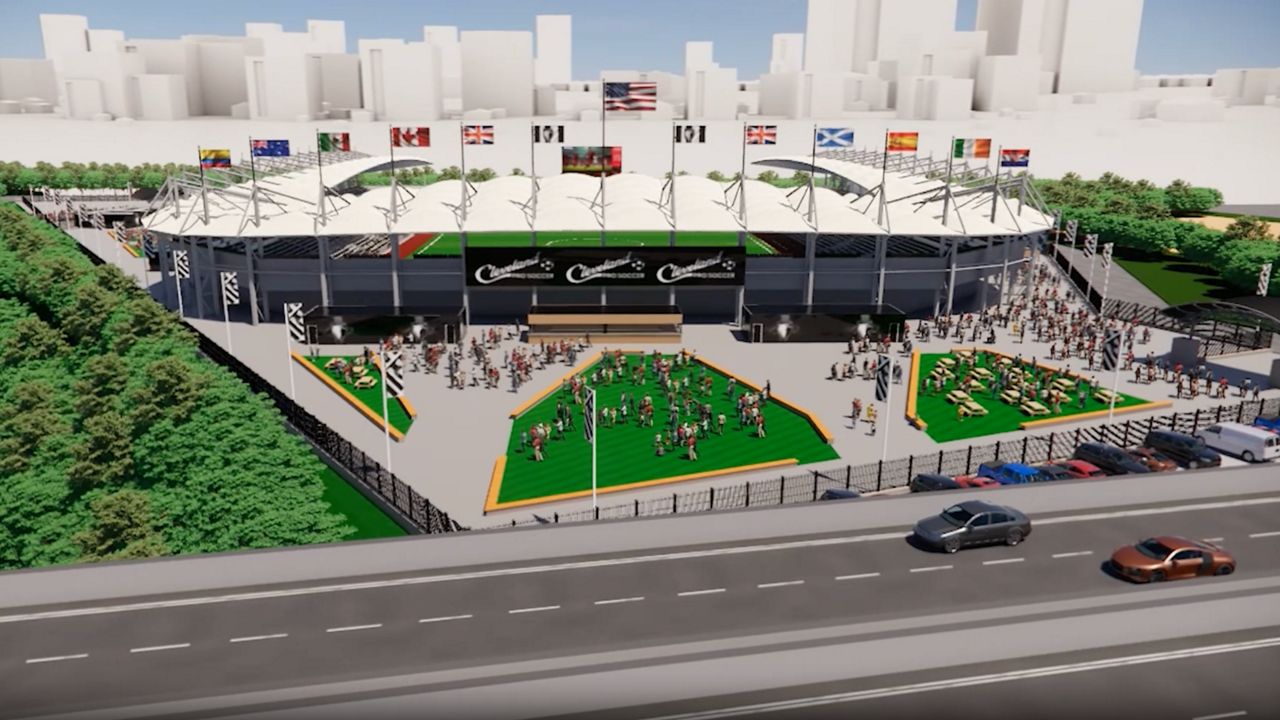CLEVELAND — Ken Hatfield checks the tires and the power supply on his food truck before going to an event.
“It’s always a worry,” Hatfield said. “You’re subject to the weather and to all that stuff. So there’s a big thunderstorm or something the night before. My power supply might go out to the truck.”
He owns the restaurant Hatfield’s Goode Grub, which started as just a food truck. Summer is the peak season for restaurants on wheels, but he doesn’t take the truck out unless the trip is worth the expense.
“I pay a lot of fees and licensing for the truck,” Hatfield said. “Insurance, gas, propane, employees. So, in order to go out on the truck, we need to make a good amount of money.”
And that’s never guaranteed. Downtown Cleveland is 15 minutes away from his restaurant, and the weather may not be ideal for an outdoor meal.
“This past weekend I prepared for war for this Affair on the Square in Medina,” Hatfield said. “Great event. Lots of people, but it just wasn’t as busy food-wise because the weather played a factor.”
There’s also no guarantee that they’ll get enough orders. So his best bet is to establish shop in a busy part of downtown.
DowntownCleveland.com, which used to be the Downtown Cleveland Alliance, estimates that of the eight office towers in downtown, about 60% of employees have returned to the office. They also found that roughly 65% of downtown employers use a hybrid schedule, where employees are in their office three to four days a week.
Hatfield said the foot traffic depends on the day and the event.
“On Fridays, this is the spot,” Hatfield said, when setting up near the courthouse. “In the middle of the week, like, the Public Square is probably the better spot because there’s a lot more people concentrated in that area.”
He’s seeing an increase in potential customers coming back to downtown, but he doesn’t need foot traffic to be at 100%. He just needs enough orders to make the trip worth it. Hatfield sets up a food truck in downtown two to four times a week, with the potential to start establishing every day of the week.










